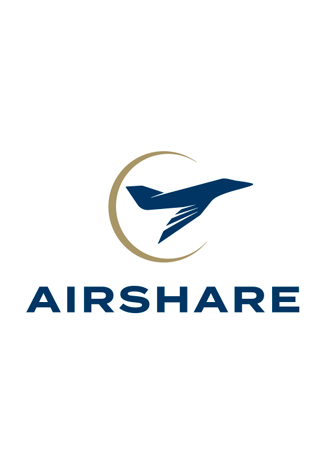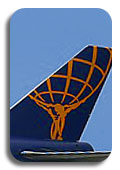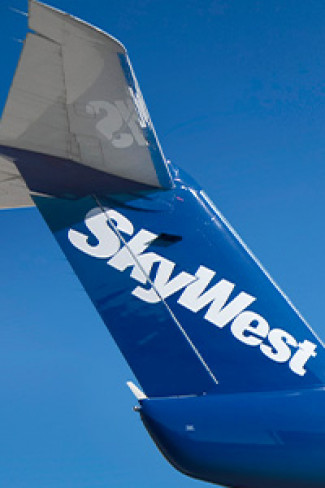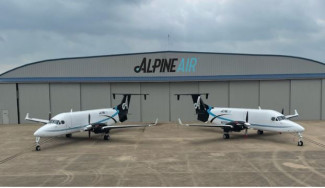WestJet Warns of Financially-Challenging Second Quarter
Threat of a pilot strike and higher-than-anticipated transformation costs will push up WestJet's unit costs and pull down unit revenues in the coming quarters.
The Calgary-based airline on 8 May says it expects adjusted cost per available seat mile (CASM), excluding fuel and employee profit sharing expenses, will surge 7.5-8.5% year-over-year in the second quarter of 2018.
By comparison, WestJet's first quarter 2018 CASM inched up just 2.6% year-over-year.
WestJet chief financial officer Harry Taylor says several factors contribute to WestJet's anticipation of a "uniquely high" second quarter CASM.
Those include expenses related to the planned 20 June launch of operations by WestJet's new ultra-discount unit Swoop, preparation for acceptance of Boeing 787-9s, an "elevated" level of service on the company's 737s and "other costs associated with the transformation".
"The start-up on the 787 has been higher than we expected," Taylor says during WestJet's first quarter earnings call on 8 May.
WestJet expects to take delivery of its first of ten 787-9s in January 2019.
Meanwhile, WestJet expects revenue per available seat mile (RASM) in the second quarter will be flat to -2%.
For that decline it cites increased competition domestically, loss of revenue following the end of a codeshare deal with American Airlines and the threat of a pilot strike.
Pilot union Air Line Pilots Association, International has warned of a possible strike on 19 May if the parties do not reach an agreement.
"That has really thrown a wrench into RASM for the quarter," says Taylor.
-

Airshare 07/22/2024
-
Alpine Air 07/18/2024
-

Atlas Air 07/17/2024
-

Piedmont Airlines 07/10/2024
-

SkyWest 07/09/2024
 AIRLINE PILOT CENTRAL
AIRLINE PILOT CENTRAL